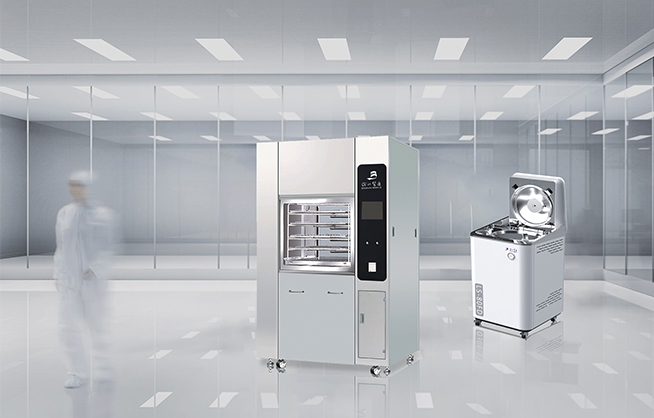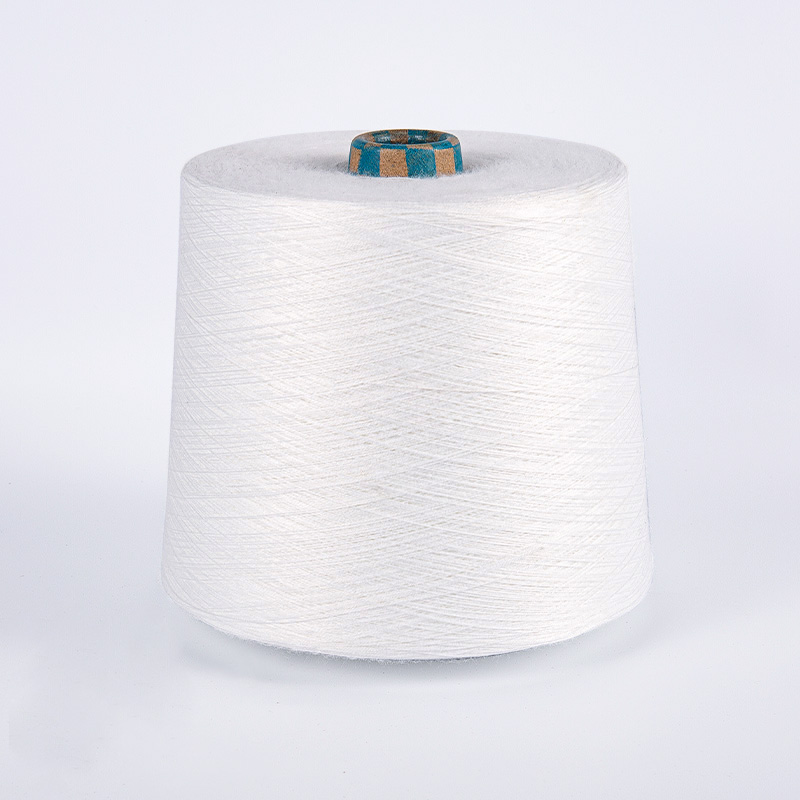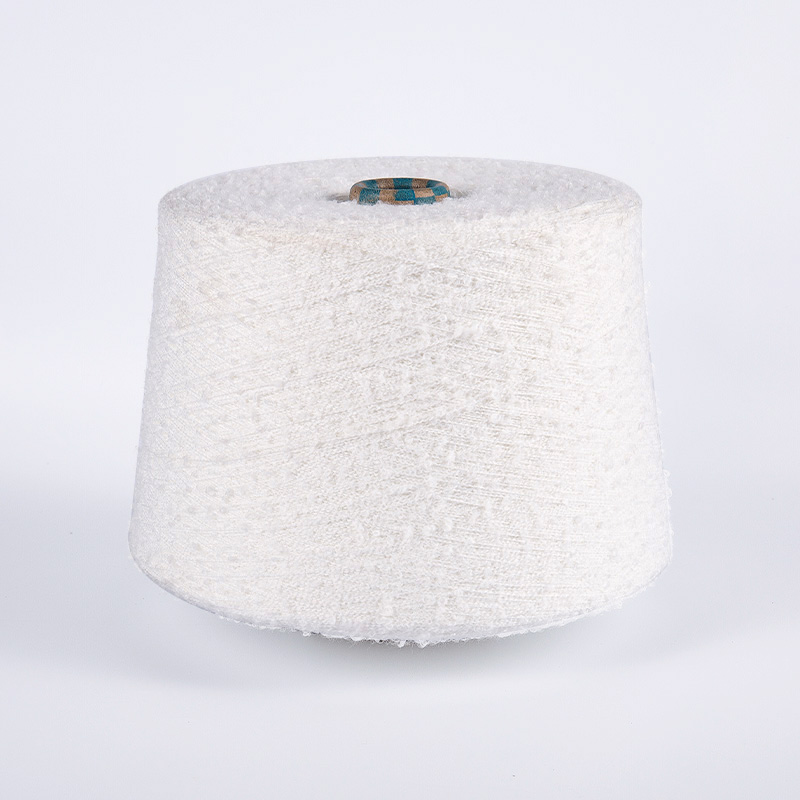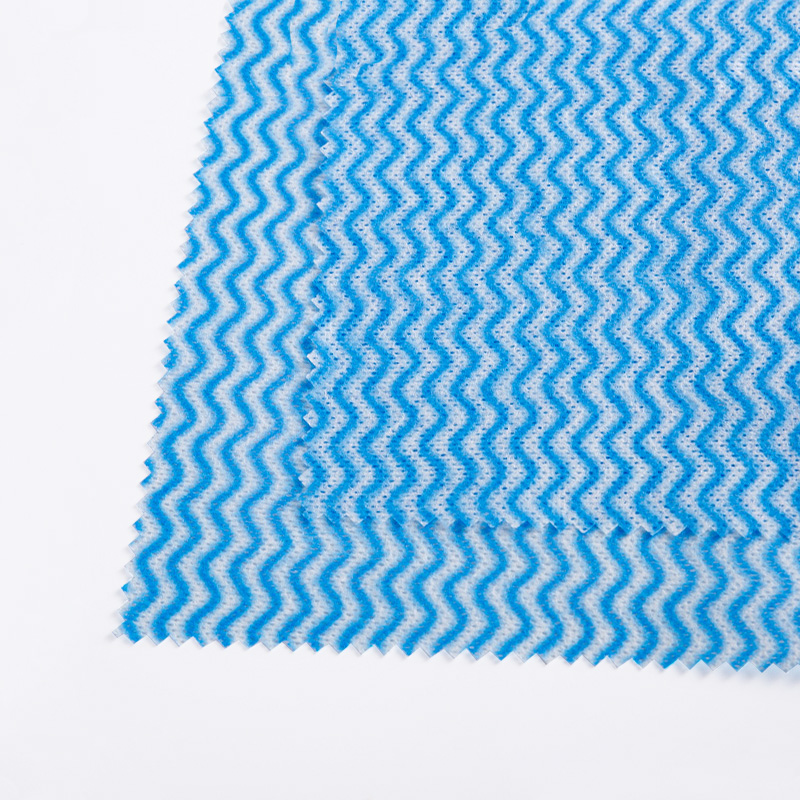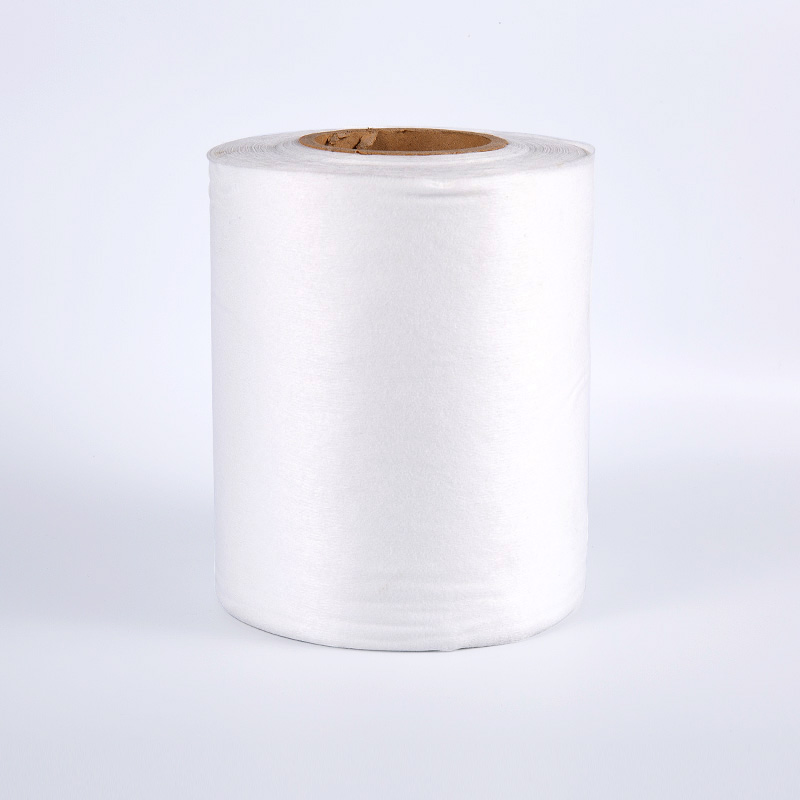
Wet Wipes Non-Woven Fabric: From Everyday Necessity to a Tech-Empowered Material Revolution
Posted by Admin | 08 Aug
In the fast-paced modern world, wet wipes have become an indispensable cleaning companion in every household. The core of their convenience and functionality lies in the seemingly thin yet profound non-woven fabric. As the "skin" of wet wipes, the material choice directly determines the product's feel, absorbency, cleaning power, and even its environmental performance. From the smooth touch of baby wipes to the toughness and durability for kitchen grease removal, to the sterility assurance of medical disinfection, every upgrade in wet wipes non-woven fabric reflects the deep integration of materials science and consumer demand.
Material Code: The Diverse Faces of Non-Woven Fabrics and the Performance Competition
Wet Wipes Non-Woven Fabric is not synonymous with a single material, but rather a broad family of fibers interwoven with diverse fiber raw materials and processing techniques. The competition between natural and synthetic fibers has always been a hot topic in the industry. Non-woven fabrics made from natural plant fibers have captured niche markets such as maternity and baby products and sensitive skin care products thanks to their skin-friendly and biodegradable properties. Their porous structure provides excellent moisture absorption, quickly locking in moisture and cleansing ingredients while reducing friction and irritation.
Synthetic fiber non-woven fabrics offer unique advantages in strength and stability. Fibers formed from polymers and woven through a specialized process create a mesh structure that not only withstands the strain of repeated wiping but also effectively carries chemicals like alcohol and disinfectants, playing an irreplaceable role in both medical applications and for effective household cleaning. Notably, modern technology has enabled the blending of natural and synthetic fibers. By precisely controlling the ratio of the two fibers, wet wipes can achieve both the gentle qualities of natural fibers and the durability of synthetic fibers, achieving a balance of strength and flexibility for diverse applications.

The bulk and density of non-woven fabrics are also key parameters affecting wet wipe performance. The fluffy fiber structure can hold more water and cleaning agents, making it ideal for applications requiring large amounts of liquid. The high-density weaving process enhances interfiber adhesion, allowing wet wipes to more easily remove dust and stains during wiping. This differentiated design allows wet wipes to precisely meet diverse needs, from daily skincare to industrial cleaning.
Advanced Processing: Quality Engineering from Fiber to Finished Product
The quality of wet wipes non-woven fabric begins with fiber preparation. Melt spinning heats polymer materials to a molten state and then extrudes them through spinnerets to form continuous fibers. This process produces fibers with high strength and uniformity, making it ideal for durable nonwovens. The hydroentanglement process, on the other hand, uses high-pressure water jets to entangle fibers, creating a three-dimensional nonwoven fabric. Its outstanding softness and breathability make it a popular choice for skin-friendly wet wipes. During the fiber web formation stage, a carding machine combs the chaotic fibers into a parallel web. Cross-lapping then creates a crisscross structure. This step directly affects the tensile strength and tear resistance of the nonwoven fabric. Different laying methods, such as parallel, cross, and random lapping, can impart distinct mechanical properties to the nonwoven fabric, thereby meeting the toughness requirements of wet wipes in different applications.
Post-processing is the finishing touch that enhances the functionality of nonwoven fabrics. Hydrophilic finishing technology alters the molecular structure of the fiber surface, enhancing its water absorption capacity and allowing wet wipes to quickly absorb and release moisture. Antimicrobial treatment, by adding antimicrobial agents to the fibers, inhibits bacterial growth, extending the shelf life and improving the hygienic safety of the wet wipes. The addition of softeners further enhances the nonwoven fabric's tactile feel, while antistatic treatment reduces static interference during use. These detailed refinements contribute to the high-quality user experience of wet wipes.
Trend Outlook: Synergistic Upgrading of Environmental Protection and Functionality
With growing environmental awareness, biodegradable nonwoven wet wipes have become a key development direction in the industry. Nonwovens made from biodegradable polymers such as polylactic acid (PLA) and polybutylene adipate-co-terephthalate (PBAT) gradually decompose into harmless substances in the natural environment, effectively reducing the environmental impact of traditional plastic nonwovens. Furthermore, the in-depth development of natural plant fibers has also attracted considerable attention. By improving the extraction process of agricultural waste such as straw and bamboo fiber, it can not only reduce raw material costs but also achieve resource recycling, injecting new impetus into the sustainable development of the wet wipes industry.
Functional integration is another major development trend in nonwoven wet wipes. Microencapsulation of skincare ingredients such as moisturizing factors and vitamins into the fiber structure allows wet wipes to simultaneously cleanse and provide skincare benefits. Intelligent responsive nonwovens can adjust their properties based on changes in ambient temperature or pH, for example, automatically increasing adsorption capacity upon contact with oily stains. This "intelligent" feature further expands the application scenarios of wet wipes.

The development of Wet Wipes Non-Woven Fabric epitomizes the co-evolution of materials science and everyday needs. From its initial simple cleansing function to its current incorporation of multiple attributes such as skin-friendliness, antibacterial properties, and environmental friendliness, this thin layer of material embodies the industry's unwavering pursuit of quality living. With continued technological innovation, wet wipes non-woven fabrics are poised to flourish in even more areas, bringing a more convenient, healthier, and more sustainable experience to people's daily lives.
+86-18058809000
+86-571 86218111



 English
English 中文简体
中文简体
